Moorcroft
Showing all 11 resultsSorted by latest
-

Vintage Vase Decorated With Anemone Pattern
By Walter Moorcroft
$1,000.00 More InfoAdd to cart -
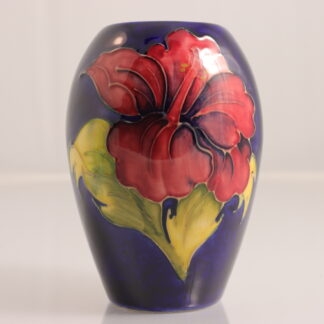
Vintage Hibiscus Pattern Vase 13cm
By Walter Moorcroft England
$650.00 More InfoAdd to cart -
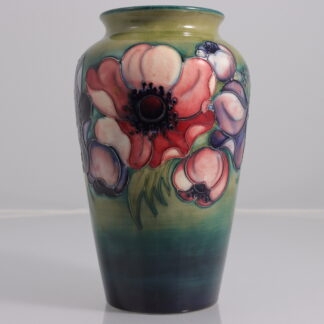
Walter Moorcroft Pottery Anemone Pattern Vase in Green Ground Impressed Marks W Moorcroft
By Walter Moorcroft
$1,750.00 More InfoAdd to cart -
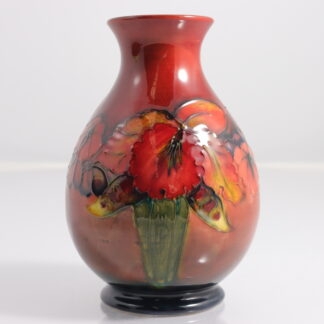
Vintage Flambé Orchid Pattern Vase Hand Signed To Base
By Walter Moorcroft England
$1,185.95 More InfoAdd to cart -
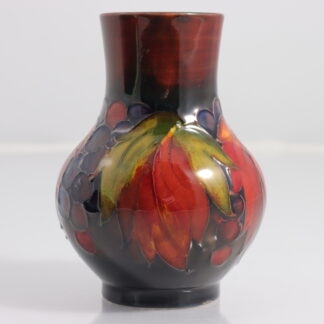
William Moorcroft Leaf and Berry Flambe Pottery Vase Impressed Mark W Moorcroft
By William Moorcroft (England 1872-1945)
$1,385.00 More InfoAdd to cart -
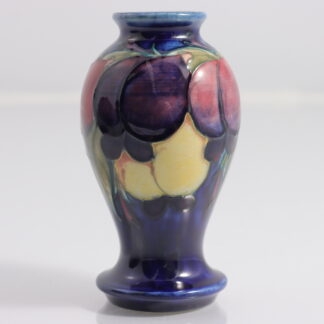
Vintage Small Plum Pattern Vase Stamped England
By Moorcroft England
$595.00 More InfoAdd to cart -

William Moorcroft Pottery Anemone Pattern Vase in Blue Ground Impressed Marks W Moorcroft
By William Moorcroft (England 1872-1945)
$650.00 More InfoAdd to cart -
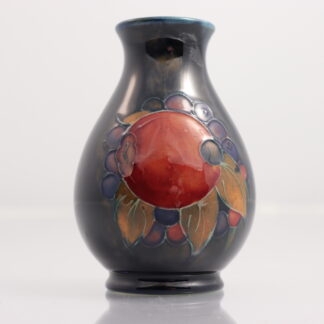
Small Moorcroft Plum Fruit Design Vase
By Walter Moorcroft
$1,025.00 More InfoAdd to cart -
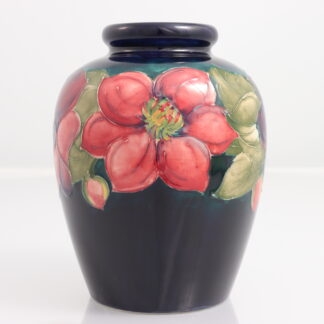
Vintage Anemone Pattern Vase By Walter Moorcroft
By Moorcroft England
$1,525.00 More InfoAdd to cart -
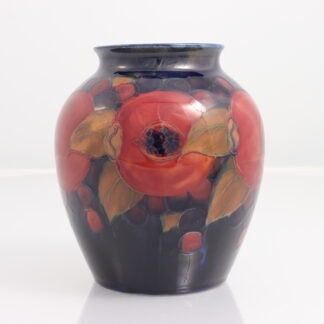
Vintage Large Fully Signed Pomegranate Squat Vase
By William Moorcroft
$1,900.00 More InfoAdd to cart -

View All Our Items
More InfoRead more
Showing all 11 resultsSorted by latest
Moorcroft Pottery Bio / Information
He was born in Burslem, Staffordshire.
He studied art at Burslem then in London and Paris. In 1897 Staffordshire pottery manufacturers James Macintyre & Co Ltd employed the 24-year-old William Moorcroft as a designer, and within a year he was put in full charge of the company’s art pottery studio.
Early in his employment at Macintyre’s, William Moorcroft created designs for the company’s Aurelian Ware range of high-Victorian pottery, which had transfer-printed and enamelled decoration in bold red, blue and gold colours. Moorcroft developed highly lustred glazes and used oriental shapes and decorations.
Some of his techniques were closely guarded trade secrets. He then developed his famous Florian Ware, with heavy slip and a translucent glaze which produces brilliance of colour. Florian Ware was influenced by art nouveau It was decorated entirely by hand, with the design outlined in trailed slip using a technique known as tubelining. Florian Ware was a great success and won him a gold medal at the World’s fair, the St. Louis International Exhibition in 1904.
Unusually at that time, he adopted the practice of signing his name, or his initials, on nearly all the pottery he designed, the production of which he personally oversaw. In due course the extent to which his success had overshadowed Macintyre’s other manufacturing activities resulted in resentment on the part of his employers, culminating in their decision in 1912 to close down his studio.
In 1913, William Moorcroft then set up his own factory at Cobridge with staff from Macintyre’s, and backed by a financial arrangement with Liberty & Co of London, The business succeeded. Much of the output was sold through Liberty & Co and Tiffany in New York City. In 1928 Queen Mary made him “Potter to the Queen” through a Royal Warrant, which was stamped on the pottery.
His son, Walter joined the company when he was twenty, and took over the management of the pottery in 1945 just before William’s death.
Liberty had collaborated financially with the company between its founding and Walter Moorcroft’s leadership. The Liberty store’s interest was bought out by Moorcroft in 1962. Rising fuel and labour costs brought Moorcroft, with its highly labour-intensive techniques, into financial difficulties in the attempt to mass-produce Moorcroft, as a result part of the company was sold to the Roper Brothers in 1984.
The Roper Brothers’ share of the company was sold to business partners Hugh Edwards and Richard Dennis in 1986. In 1992, Dennis and his wife Sally Tuffin left the company, leaving the Edwards family as sole owners. They remained so in 2008.
Walter Moorcroft retired in 1987, but continued to contribute until his last design was launched in 1999 “Rock Of Ages”.
In 1993, 24-year-old Rachel Bishop joined the company as its senior designer.
In 1997, Moorcroft celebrated its centennial. This was the same year that it was founded under William Moorcroft in 1897 when the Macintyre studio was established.
During 1998, the Moorcroft Design Studio was established and several designers were hired in order to extend the range of products.
